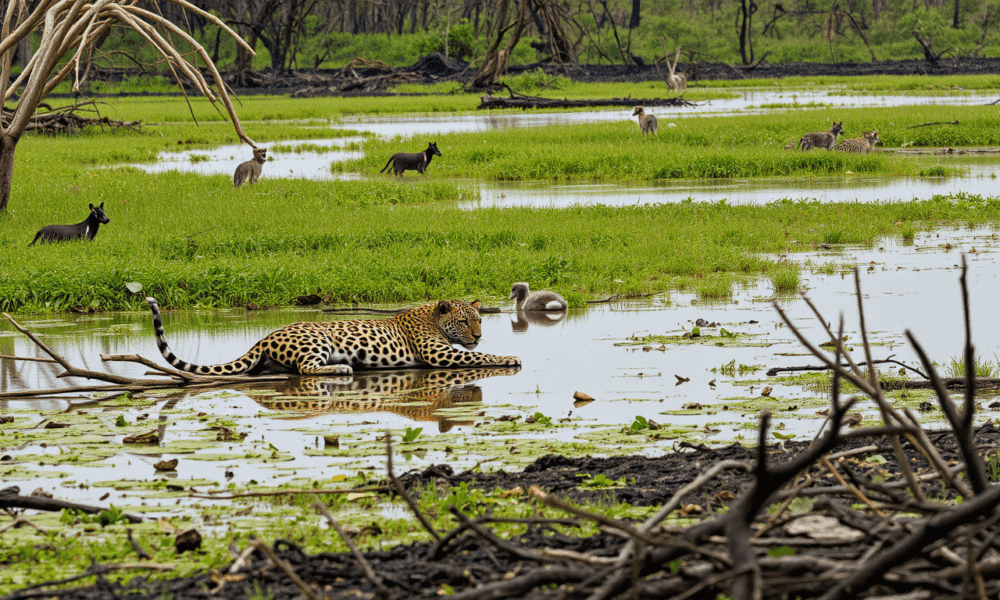
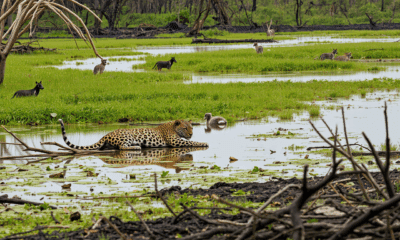

After devastating wildfires scorched the Brazilian Pantanal, an unexpected phenomenon unfolded—more jaguars began arriving at a remote wetland already known for having the densest jaguar population...



Breathing polluted air—even at levels considered “safe”—may quietly damage your heart. A new study using advanced MRI scans found that people exposed to more air pollution...
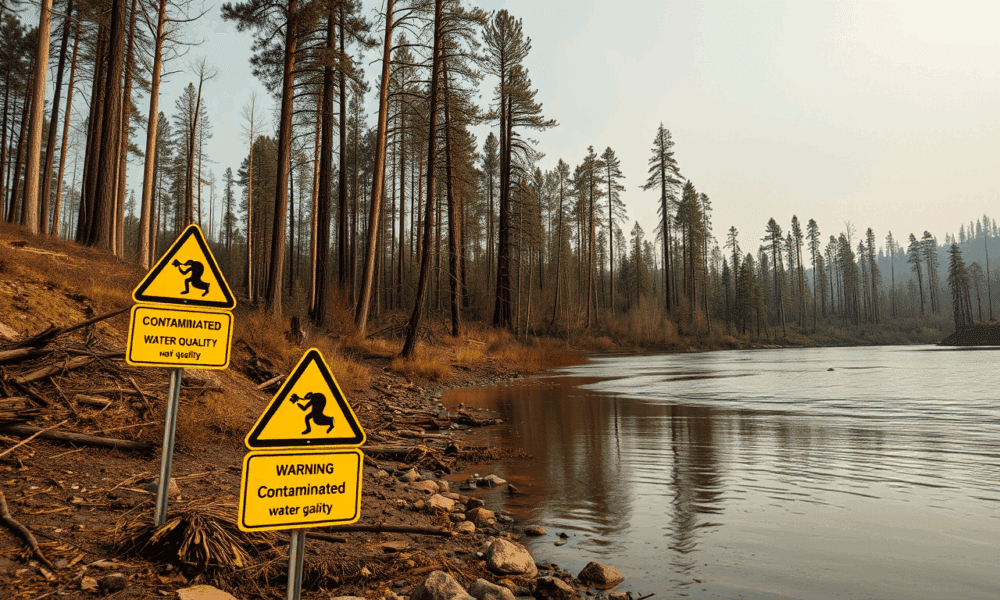
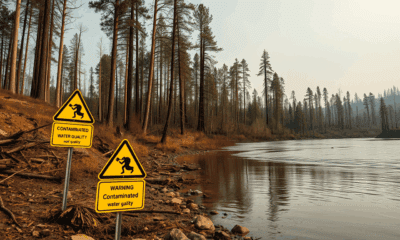

Wildfires don’t just leave behind scorched earth—they leave a toxic legacy in Western rivers that can linger for nearly a decade. A sweeping new study analyzed...
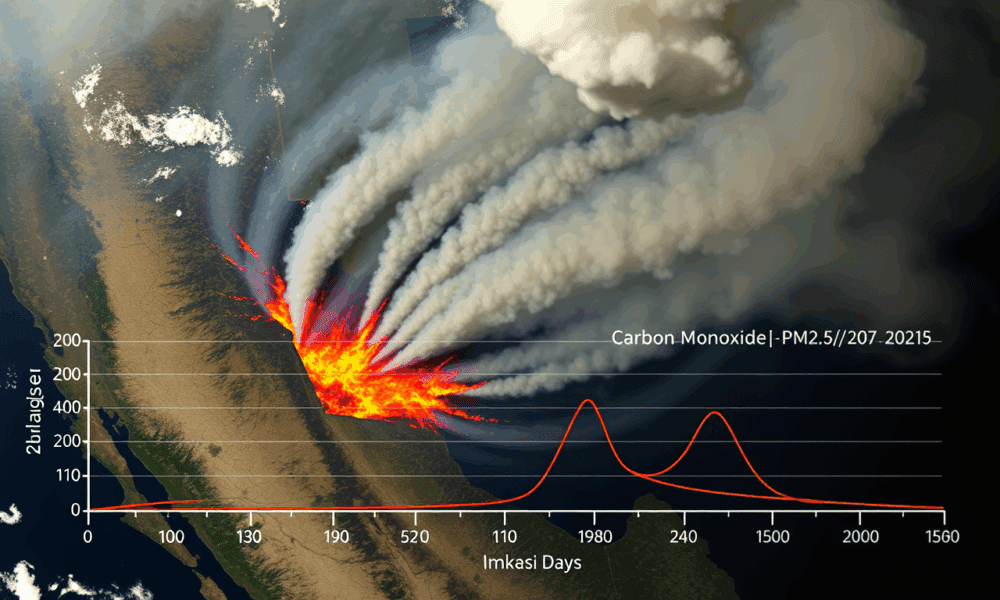
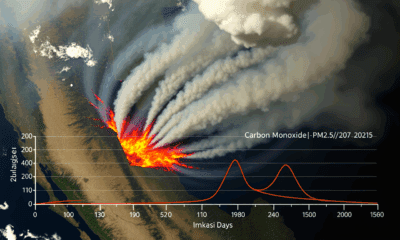

With wildfires increasing in frequency, severity, and size in the Western U.S., researchers are determined to better understand how smoke impacts air quality, public health, and...



A pioneering method to simulate how microscopic particles move through the air could boost efforts to combat air pollution, a study suggests.



When researchers went searching for microplastics in sediments pulled from the bottom of Matagorda Bay and its surrounding inlets, they didn't find much. Most of their...



Stifling heat and sticky air often make summertime in the city uncomfortable. Due to the heat island effect, urban areas are significantly warmer than nearby rural...



A team engineers created a twisty high-temperature heat exchanger that outperformed a traditional straight channel design in heat transfer, power density and effectiveness and used an...



Researchers looked at PFAS serum concentrations in health care workers for the first time and were surprised by what they found.
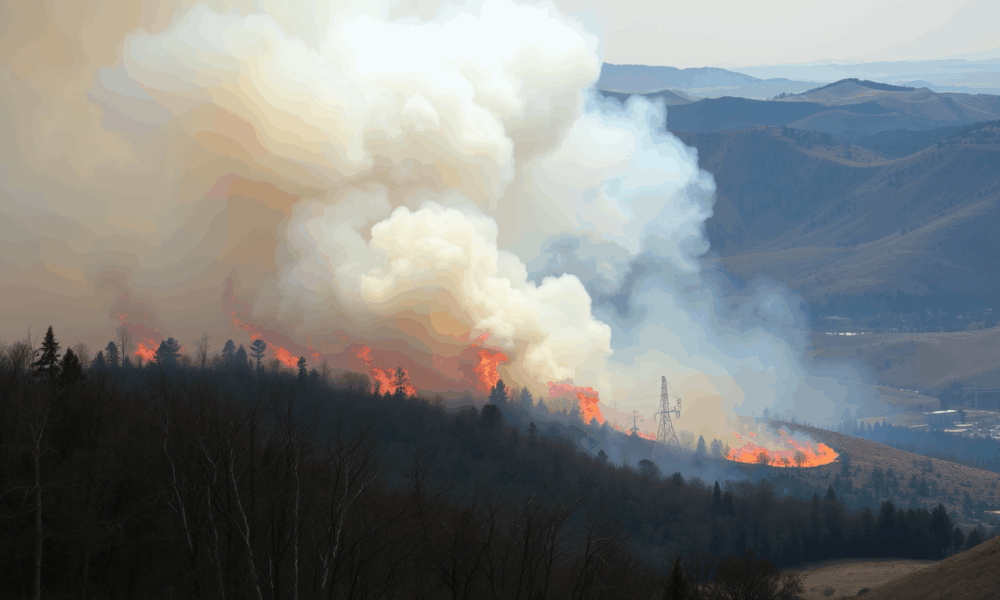
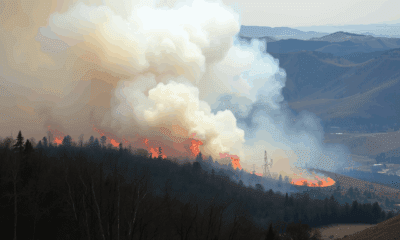

Scientists say human-caused climate change led to 15,000 additional early deaths from wildfire air pollution in the continental United States during the 15-year period ending in...